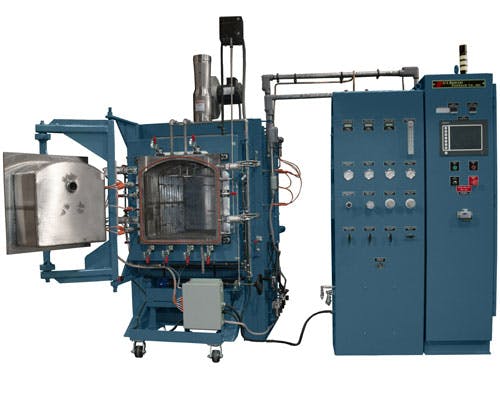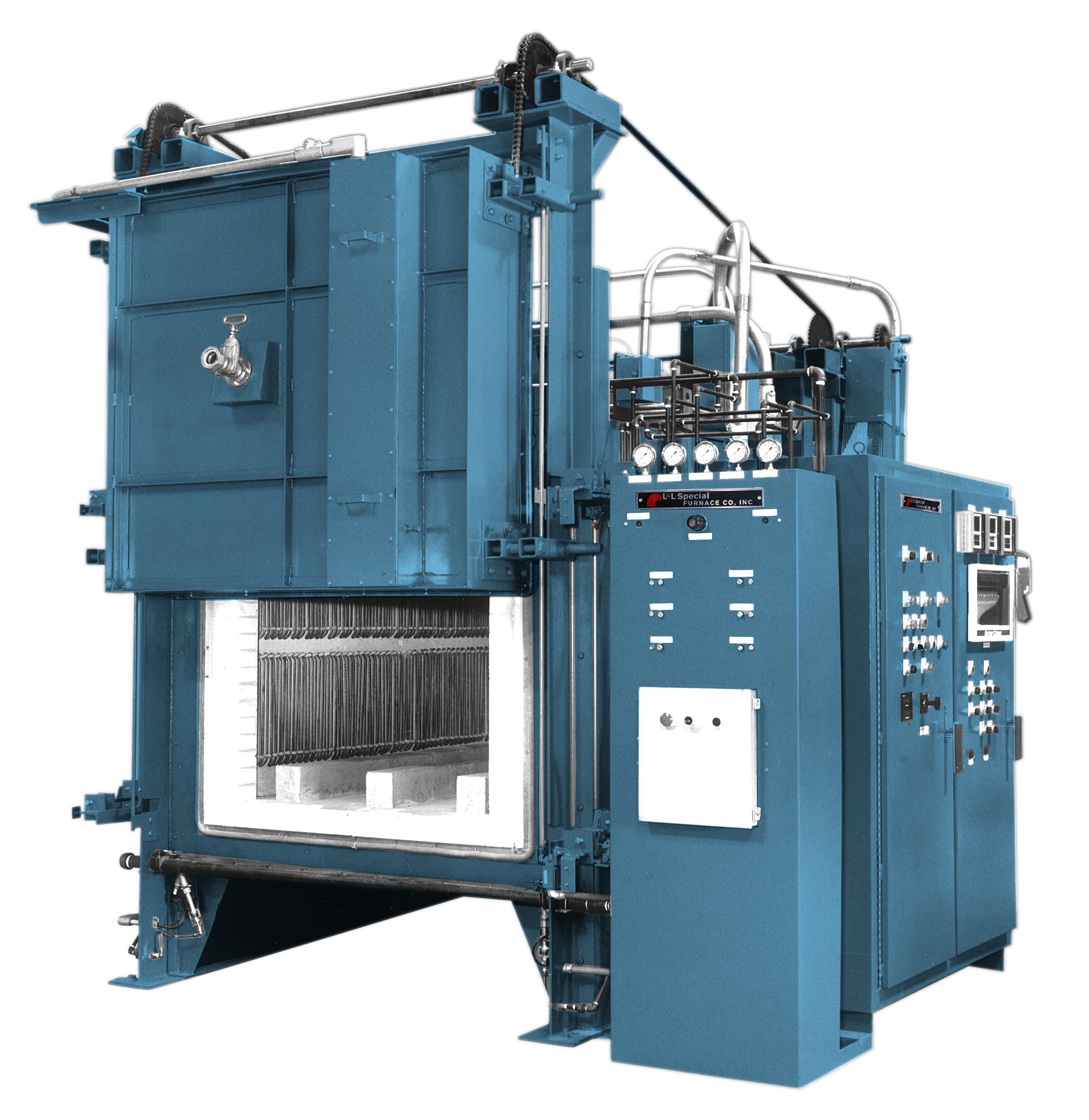Which hardening process is right for your next project? Nitrocarburizing and carbonitriding represent two case-hardening techniques commonly used today. But the terms themselves might leave you wishing they were a bit more distinct from each other.
Understanding the nature and applications of these techniques can help you make better decisions about your projects and get the most from your materials. With this quick guide, you’ll be able to make an informed decision about which process to use when heat treating your work surfaces and components.
Overview of Carbonitriding

On its own, the term “carbonitriding” is relatively straightforward. Carbonitriding is the process by which carbon and nitrogen are introduced to the surface of a steel part.
The Purpose of Carbonitriding
Carbonitriding is used to form austenite, and this austenite becomes a martensite matrix microstructure after quenching. The whole process alters the top layer of a steel component, which has two distinct benefits.
First, it retains the original dimensions of the part, which means that carbonitriding does not alter the shape of the component. Second, the case hardening resulting from carbonitriding is usually between 0.07 and 0.75 mm thick, increasing your steel components’ durability.
This hardening makes the carbonitriding process ideal for the mass production of steel parts. Some of the most common steel parts to employ the process include:
- Hydraulic piston rods
- Automotive clutch pads
- Gear teeth
- Cams and shafts
- Bearings
- Tools
As this list suggests, carbonitriding is ideal for parts with a specific function that demands a high degree of durability and reliable performance.
For example, hydraulic machinery can easily become damaged if contaminants enter the hydraulic fluid. Having properly-treated components can significantly reduce the risk of metal flakes or other debris entering a hydraulic system, reducing performance or causing actual damage.
Additionally, this resistance to wear is essential for automotive parts, tools, and other applications, resulting in a longer lifespan for the machinery that contains these parts.
The Carbonitriding Process
The best steels to use for the carbonitriding process include low-carbon and low-alloy steels that otherwise have low hardenability. Ordinarily, these metals resist hardening from heat treating and quenching alone. The carbonitriding process introduces hardness to these materials and makes them ideal for use in the process.
During the carbonitriding process, materials are heated to roughly 1600℉ (871℃), within the austenitic range. Once the materials reach the desired temperature, nitrogen and carbon are added.
As with gas carburization, carbon is added in the form of carbon monoxide (CO) and methane gas (CH4). The process also relies on ammonia (NH3) to introduce nitrogen to the material surface.
At these austenitic temperatures, the material experiences a phase change that allows carbon and nitrogen to diffuse into the metal itself.
The material can then be quenched using oil or gas in a protective atmosphere. While water can be used as a quenching medium, it can result in distortions to the steel and should be avoided.
Overview of Nitrocarburizing

There are actually two types of nitrocarburizing: ferritic and austenitic nitrocarburizing. It’s not uncommon for some resources to simply use the term “nitrocarburizing” when they specifically mean “ferritic nitrocarburizing,” so it’s important to know that there is a difference in these two processes.
Nitrocarburizing vs. Carbonitriding
Technically, nitrocarburizing isn’t a form of carburizing at all but an altered form of nitriding. So it’s no surprise that the nitrocarburizing technique would resemble the carbonitriding process. The major difference is found in the amount of nitrogen introduced to the metal’s surface.
Nitrocarburizing introduces more nitrogen to the metal than carbonitriding. Since nitrogen inhibits the absorption of carbon into the metal, the nitrocarburizing process results in shallower case depths compared to the carbonitriding process.
The nitrocarburizing process is also conducted at lower temperatures than carbonitriding to prevent the degradation of ammonia that can occur at higher temperatures.
When Is Nitrocarburizing Used?
Nitrocarburizing is ideal for heavy-use components as it prevents major components from corrosion and wear. Common applications include:
- Drivetrain components for cars and heavy equipment
- Firearm components
- Dies for manufacturing process
- Spindles for grinding machines
Additionally, the ferritic nitrocarburizing process can result in slightly porous metal, which can help machine components retain oil and help equipment better endure wear and repeated stress.
The Austenitic Nitrocarburizing Process
The nitrocarburizing process is slightly different for ferritic and austenitic nitrocarburizing.
During austenitic nitrocarburizing, the part is heated to a temperature of 1025 to 1110℉ (552 to 599℃) in an atmosphere that contains 50% ammonia gas (though the exact ratio of gasses can vary slightly).
The metal undergoes a phase change at this temperature, which allows the nitrogen to diffuse into the metal. The final result is a strong and durable material, though the high temperatures can occasionally distort the piece’s shape. Austenitic carburizing is commonly used for high-wear components, such as helical gears.
The Ferritic Nitrocarburizing Process
Ferritic nitrocarburizing, by contrast, does not rely on high temperatures to induce a phase change. Instead, metal is heated to temperatures as low as 975℉ (524℃), where nitrogen atoms can diffuse into the metal without the risk of distortion.
Ferritic nitrocarburizing typically results in a shallower case depth as compared to other heat treatment methods.
As a result, ferritic nitrocarburizing produces materials that resist the distortions associated with higher temperatures. However, the lower temperature prevents carbon atoms from diffusing into the part, which can result in lower durability.
Additionally, ferritic nitrocarburizing can introduce a degree of porosity to the metal surface, which can be ideal for certain applications. A porous surface can help with oil retention, for example, which in turn allows the finished part to be all the more resistant to mechanical wear.
Contact L&L Special Furnace
L&L Special Furnace provides industrial heat treatment furnaces that can be used for applications that include carbonitriding and nitrocarburizing. For more information on how our products can enhance your business, contact us today. We can help you select the right furnace for your next project.
